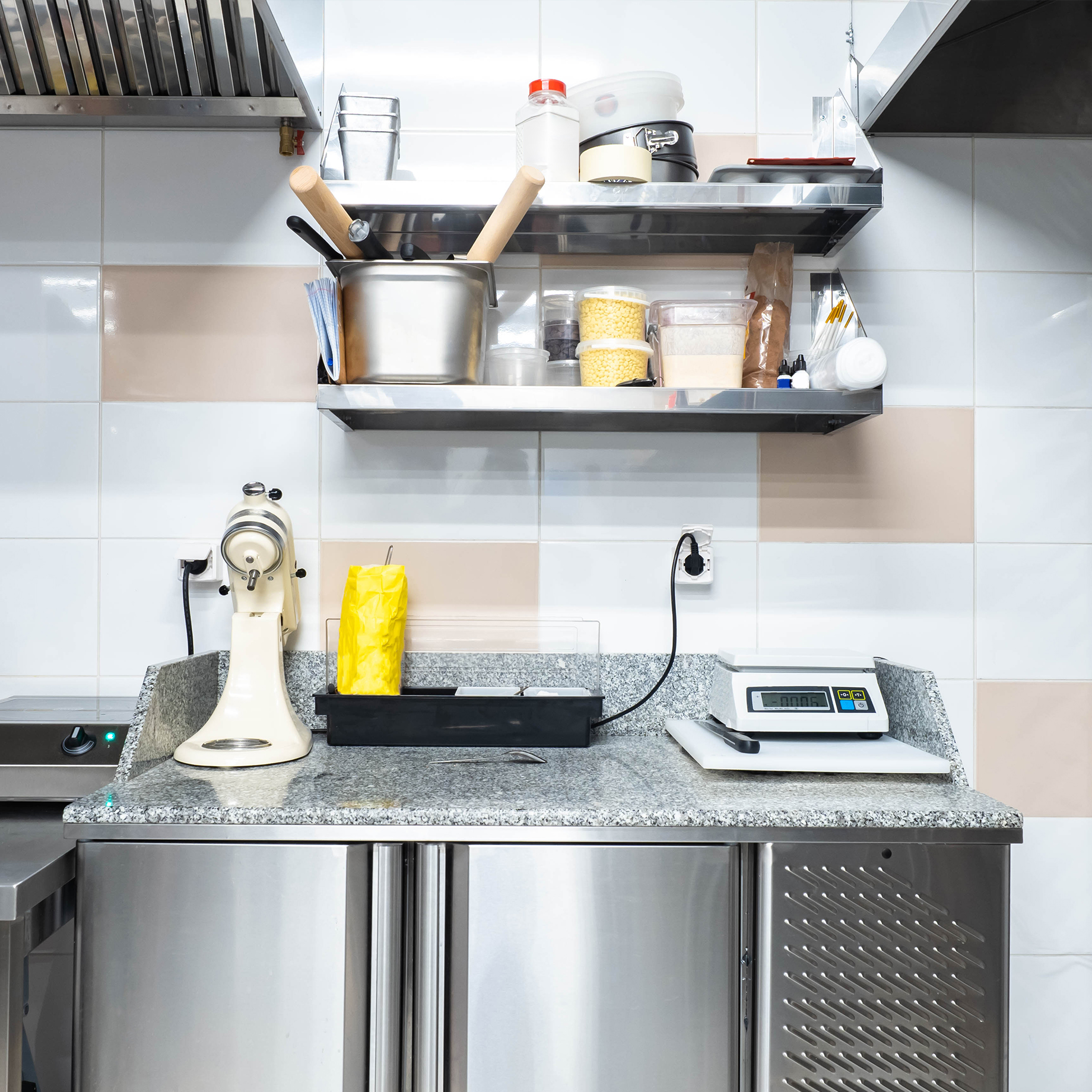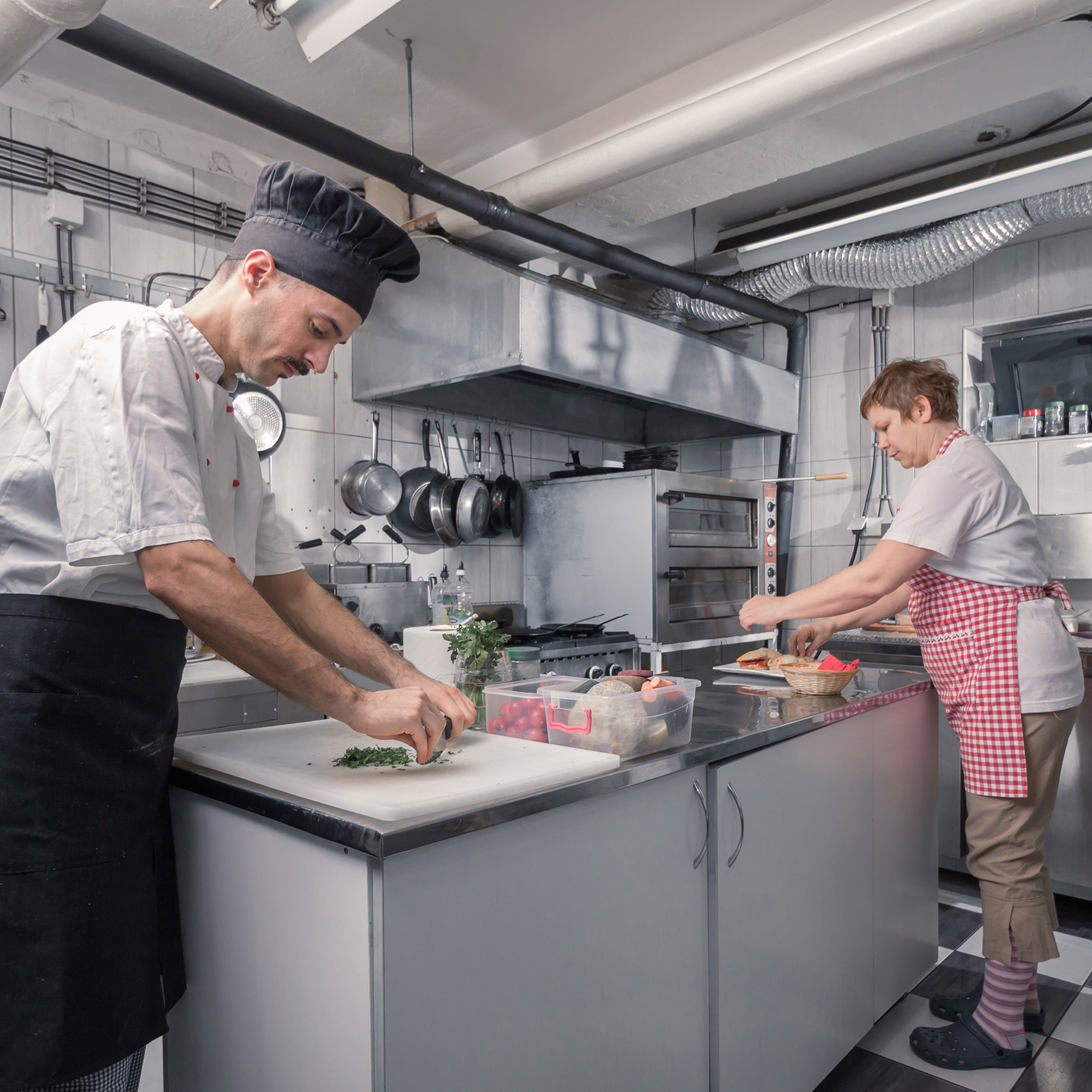Care Home Kitchen Design: Safety, Efficiency, and Comfort

When it comes to care home kitchen design, there’s much more to consider than simply where to put the appliances. A well-planned kitchen is the heart of any care facility, directly supporting the health, safety, and well-being of residents and staff alike. From accessibility to hygiene, every design decision plays a vital role in creating an efficient and supportive environment.
At INOX, we understand the unique challenges of designing commercial kitchens for care homes. In this blog, we explore the key elements of care home kitchen design and how you can create a space that’s safe, practical, and built around your residents’ needs.
Prioritising Kitchen Safety
Safety is paramount in any commercial kitchen, but it takes on added importance in care homes where staff are often preparing meals for vulnerable individuals with specific dietary or health-related needs.
Key safety considerations include:
- Slip-resistant flooring: Wet or greasy floors can be a major hazard. High-grip, easy-clean flooring reduces the risk of accidents.
- Rounded worktop edges: These minimise the chance of injury in tight or high-traffic spaces.
- Adequate lighting: Good visibility is essential, especially during busy prep times or in evening shifts.
- Efficient ventilation: Proper extraction systems are essential to remove steam, odours, and grease particles, helping maintain a comfortable environment.
A safe kitchen design doesn’t just protect staff — it supports smoother workflows and reduces the risk of downtime from accidents.
Designed For Accessibility
Care homes often have a diverse workforce, and in some cases, residents may also take part in simple food prep activities. That’s why accessibility should be a key focus in your care home kitchen design.
Some features to consider:
- Ergonomic layout: Minimise unnecessary movement between prep, cook, and clean zones.
- Accessible storage: Install shelving and storage units at practical heights for all users.
- Clear walkways: Ensure there’s enough space for staff to move safely, especially during busy periods.
- Hands-free taps and automated appliances: These small additions can improve hygiene and ease of use.
An intuitive kitchen layout supports faster food prep, reduces fatigue, and keeps everyone working efficiently, which is particularly important during peak mealtimes.

Meeting Hygiene & Compliance Standards
Food hygiene standards in care homes are subject to strict regulations, and your kitchen must support regular deep cleaning and safe food handling.
Best practices include:
- Stainless steel surfaces: Durable, easy to clean, and resistant to bacteria.
- Seamless worktops and splashbacks: Reduce gaps where dirt and grime can accumulate.
- Zoned design: Keep raw and cooked food areas separate to prevent cross-contamination.
- Proper storage: Adequate refrigeration and dry storage help manage stock rotation and prevent spoilage.
Designing for hygiene not only ensures compliance with Environmental Health requirements, but also contributes to higher food quality and resident safety.

Why Choose INOX for Your Care Home Kitchen Design?
At INOX, we specialise in commercial kitchen solutions for the care sector. We bring decades of experience in designing and installing kitchens that meet the highest standards of safety, hygiene, and usability. Whether you’re building a new facility or upgrading an existing one, our team works closely with you to create a kitchen tailored to your unique needs.
Get in touch today to discuss your project and see how we can help you create a kitchen that truly supports your staff — and the residents they care for.

Share This: